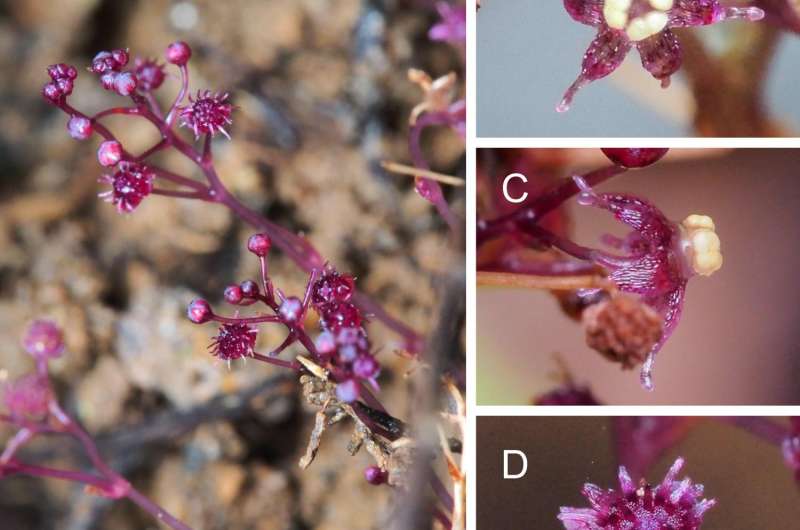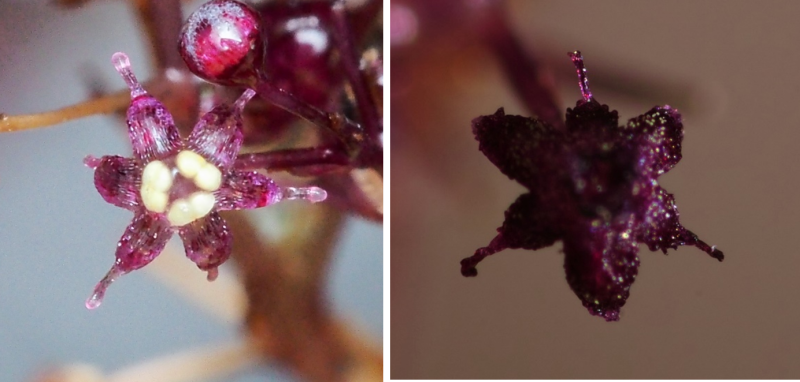New non-photosynthesizing plant species discovered on Ishigaki island, Japan

A new species of non-photosynthesizing parasitic plant, Sciaphila sugimotoi, has been discovered on the subtropical island of Ishigaki in Okinawa, Japan. The research team responsible for this discovery was led by Project Associate Professor SUETSUGU Kenji (Kobe University Graduate School of Science) and the findings will be published on July 25 in Phytotaxa.
Some plant species have abandoned photosynthesis, instead feeding off the roots of host fungi such as mushrooms and mold. These plants (known as mycoheterotrophs) only emerge above ground when fruiting or in flower. Many have very short flowering periods and are small in size, making them hard to find and classify. The discovery of a new plant species in Japan is a very rare event, as the flora of this region have been thoroughly documented, but mycoheterotrophs are an exception. Professor Suetsugu is involved in documenting the distribution and classification of the mycoheterotrophic plants in Japan.
In October 2016, one of Professor Suetsugu's collaborative partners, Mr. NISHIOKA Tatsuki (Kyoto University Faculty of Agriculture), discovered an unknown mycoheterotroph near Mount Omoto on Ishigaki island. Professor Suetsugu investigated the morphological characteristics of the plant. The results showed that it was a relative of Sciaphila nana, but while S. nana has three spherical nubs on the head of the male flower, the new species has six nubs. The new species is named after Mr. SUGIMOTO Takaomi (Kyushu University, Graduate School of Bioresource and Bioenvironmental Sciences), who played an important role in the identification of the species by collecting specimens. S. sugimotoi stands five to 10cm above ground, with violet flowers roughly two mm in diameter.
Mycoheterotrophic plants live as parasites within forest ecosystems. In order to thrive, they need a healthy, stable ecosystem with resources to spare. The discovery of mycoheterotrophic species reveals the existence of a rich habitat beneath the forest floor, including a fungal network that cannot be seen by the naked eye. The existence of S. sugimotoi is further proof of the importance of the Mount Omoto area.

More information: "Sciaphila sugimotoi (Triuridaceae), a new mycoheterotrophic plant from Ishigaki Island, Japan" Phytotaxa, 2017.
Provided by Kobe University





















